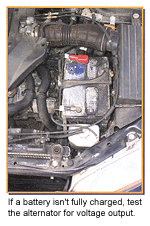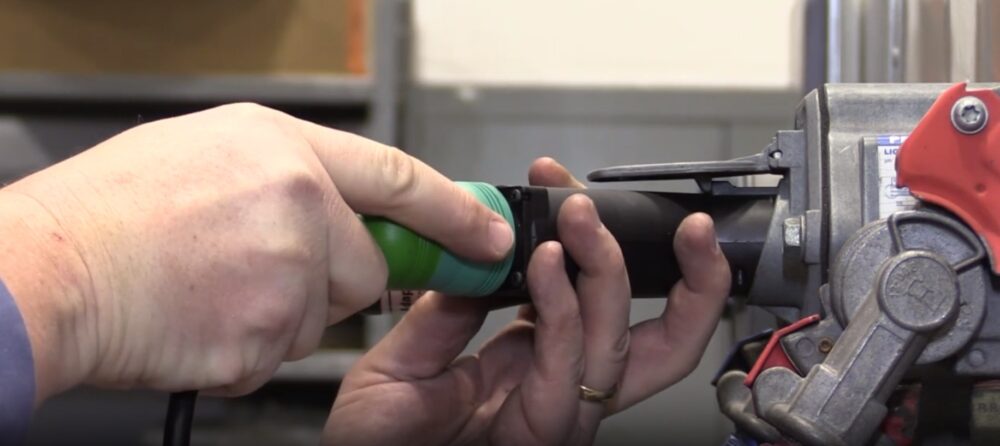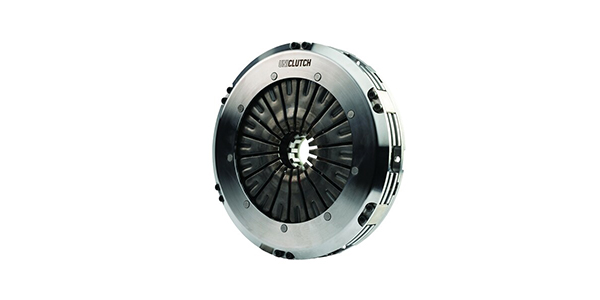When we diagnose problems with the modern, permanent magnet, reduction-gear import starter, we begin by looking at a system composed of the battery, starter and connecting wiring. The automotive battery, for example, is designed as a fast-discharge battery capable of sustaining enough amperage output to crank the engine until the fuel injection and ignition cycles take place in the engine’s cylinders. In many cases, we’re seeing batteries being installed in vehicles that range from the cheap, discount store variety that barely meet OEM specifications to the exotic, high-output units that far exceed those requirements.
Although each design has its own discharge characteristics and failure patterns, cell failure is perhaps the most common issue that affects starter operation and the characteristics of the starter itself. Conventional load testing, therefore, often fails to detect defective battery cells. To perform an accurate load test, the battery must be fully charged and at room temperature.
 If the battery isn’t fully charged, test the alternator for output voltage and amperage. Keep in mind that modern load-sensing charging systems, such as those found on many Honda models, may only charge during specific operating modes, such as when the lights are turned on. When the alternator does charge, the voltage should range from about 14.2 cold to about 13.8 hot. Loaded amperage should range from 40 to 60 amperes on a late-model, accessory-laden vehicle.
If the battery isn’t fully charged, test the alternator for output voltage and amperage. Keep in mind that modern load-sensing charging systems, such as those found on many Honda models, may only charge during specific operating modes, such as when the lights are turned on. When the alternator does charge, the voltage should range from about 14.2 cold to about 13.8 hot. Loaded amperage should range from 40 to 60 amperes on a late-model, accessory-laden vehicle.
After verifying charging voltage, the battery must then be loaded to either the test value indicated on the battery label or to one-half the rated cold-cranking amperes (CCA) for 15 seconds. After load testing, a battery that’s in good condition should have at least 9.6 volts remaining at the terminals.
Checking Cell Condition
Another method, called conductance testing, reveals cell faults by metering a small alternating current through the battery cells. For conductance testing to be successful, the battery should be load-tested or the headlights should be turned on for five minutes to remove the surface charge from the battery. Next, it’s equally important to enter the CCA numerical value rated at 0


